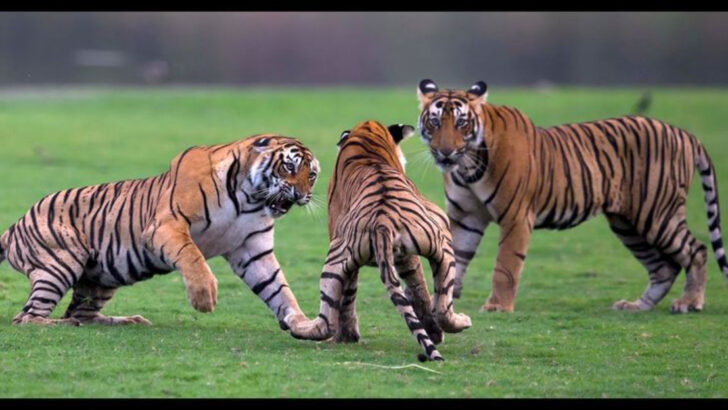Predators sit at the top of the food chain… until they don’t.
Even the fiercest hunters aren’t safe when their own kind turns against them. Lions attack rival lions, sharks snack on smaller sharks, and snakes? They’ll swallow each other whole. The wild isn’t just about survival—it’s a ruthless game where the hunters can become the hunted in the blink of an eye.
Some of these cases are brutal, others strategic, and a few are downright bizarre. What drives these apex predators to target their own? Territory battles? Hunger? A twisted sense of betrayal?
Get ready to meet 17 creatures that prove being at the top doesn’t mean you’re untouchable.
Lions
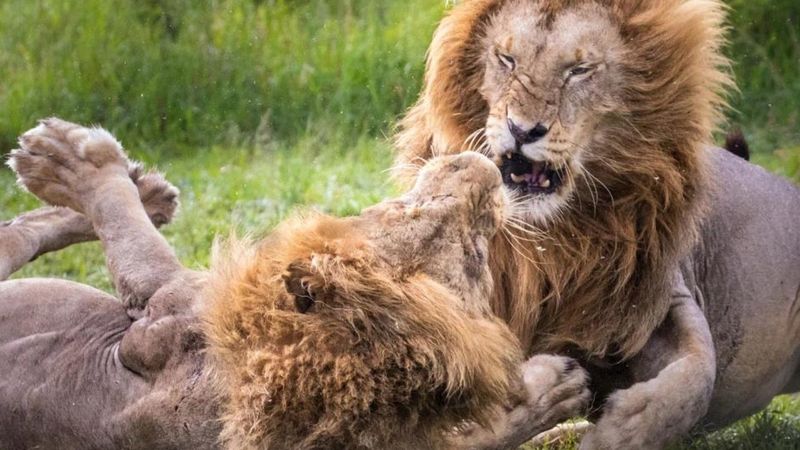
Lions are apex predators, yet they can also become prey to their own kind. In the wild, male lions often battle for territory, leading to intense confrontations.
Younger males may form coalitions to challenge the reigning pride male. These battles are fierce, often resulting in the death of the defeated lion.
Within a pride, the hierarchy is maintained through strength and dominance. This dynamic ensures that only the strongest have the right to mate and lead, illustrating the brutal reality of survival in the wild.
Spiders
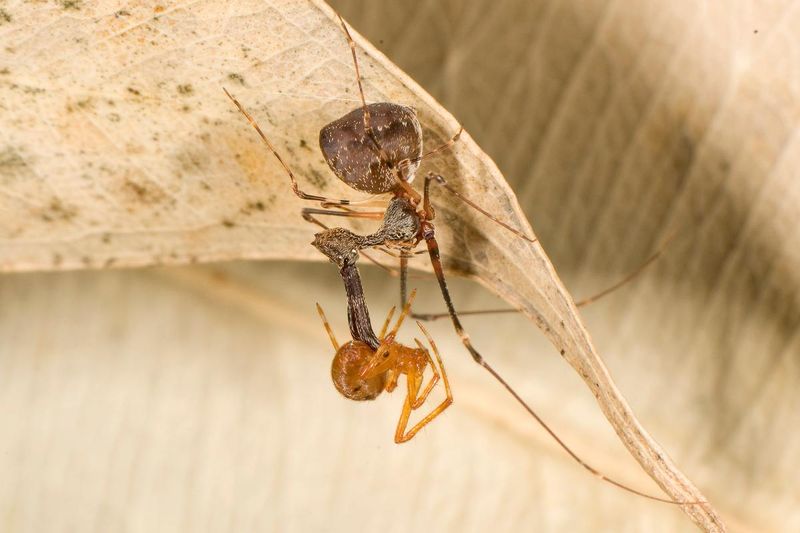
Spiders, known for their predatory skills, sometimes hunt each other. Certain species have evolved to prey on their kin, often within the same web.
Cannibalism is a strategy used by some female spiders, particularly after mating, to ensure their survival and that of their offspring.
This behavior keeps the population in check and ensures that only the fittest survive. It’s a complex dance of survival, showcasing their adaptability and the harsh realities of life within the arachnid world.
Sharks
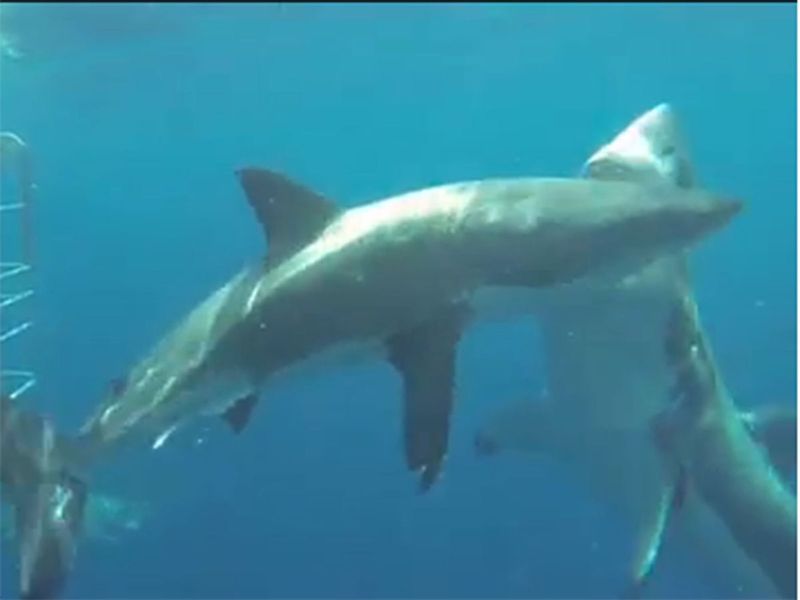
Sharks are top predators, yet they are not immune to becoming prey themselves. Larger sharks often hunt smaller ones, particularly in overcrowded environments.
This cannibalistic behavior helps control the shark population, ensuring food resources remain adequate.
Younger sharks must navigate these dangers while learning to hunt. This aspect of shark life is a testament to their adaptability and the ongoing struggle for dominance in the ocean’s depths.
Wolves
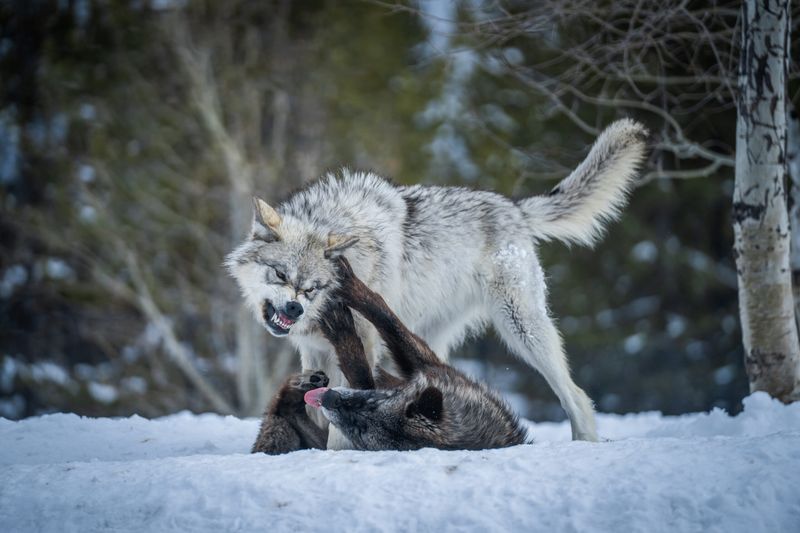
In wolf packs, the alpha isn’t always safe from their own kind. Younger wolves may challenge the leader, resulting in confrontations that can turn deadly.
These power struggles are a natural part of pack life, ensuring that only the most capable lead.
Such dynamics demonstrate the importance of strength and strategy in maintaining dominance, highlighting the fragile balance of power in the wild.
Crocodiles
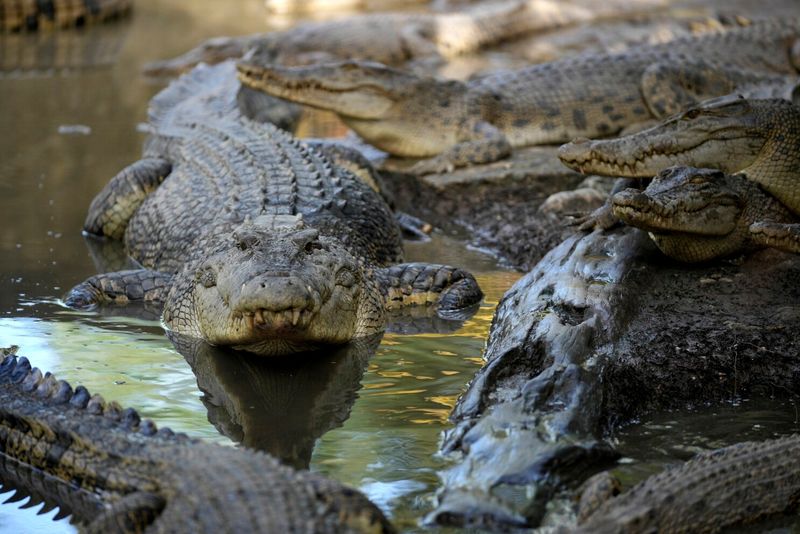
Crocodiles, ancient and powerful, sometimes hunt their own. Territorial disputes or competition for food can lead to cannibalism.
These reptiles are opportunistic hunters, not hesitating to turn on each other when resources are scarce.
This behavior underscores the crocodile’s adaptability and the harsh survival strategies employed in their natural habitat, where only the most cunning survive.
Snakes
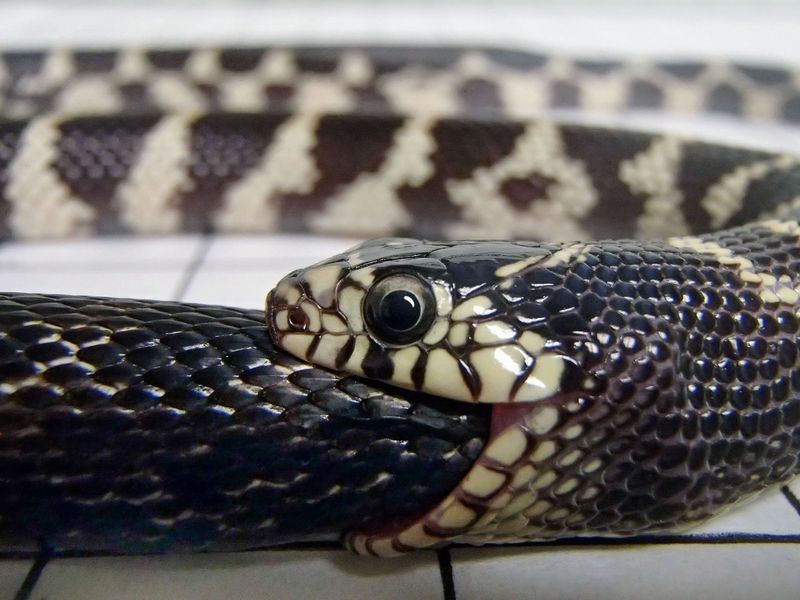
Snakes, though solitary hunters, sometimes prey on each other. Larger snakes may consume smaller ones, especially in environments with limited food resources.
This behavior is most common in species such as king snakes, which are known to be ophiophagous.
The practice of cannibalism is a survival strategy that ensures only the strongest snakes thrive, illustrating the brutal and efficient nature of life in the wild.
Hyenas
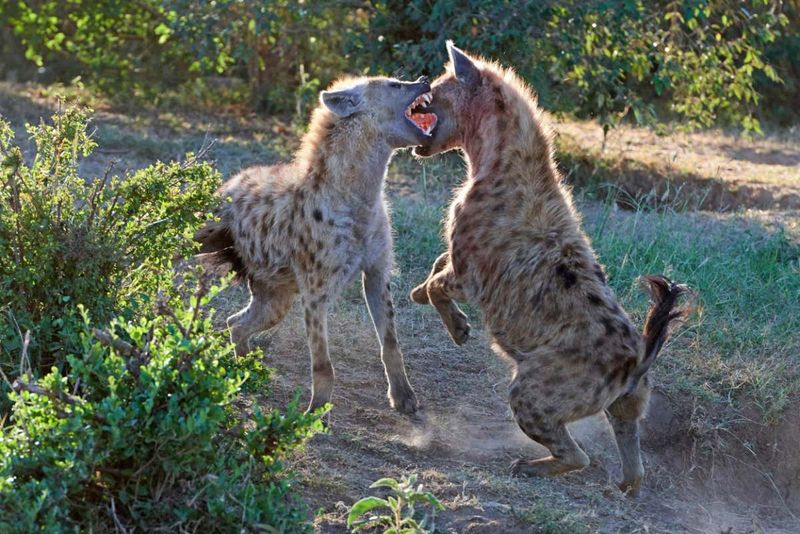
Hyenas are known for their scavenging habits, but they also hunt and are hunted by their own kind. Clan dynamics are fierce, with power often shifting through aggressive encounters.
Hyenas will kill rivals within or outside their clan to maintain hierarchy and stability.
These interactions highlight their complex social structure and the relentless pursuit of survival in their harsh environment.
Eagles
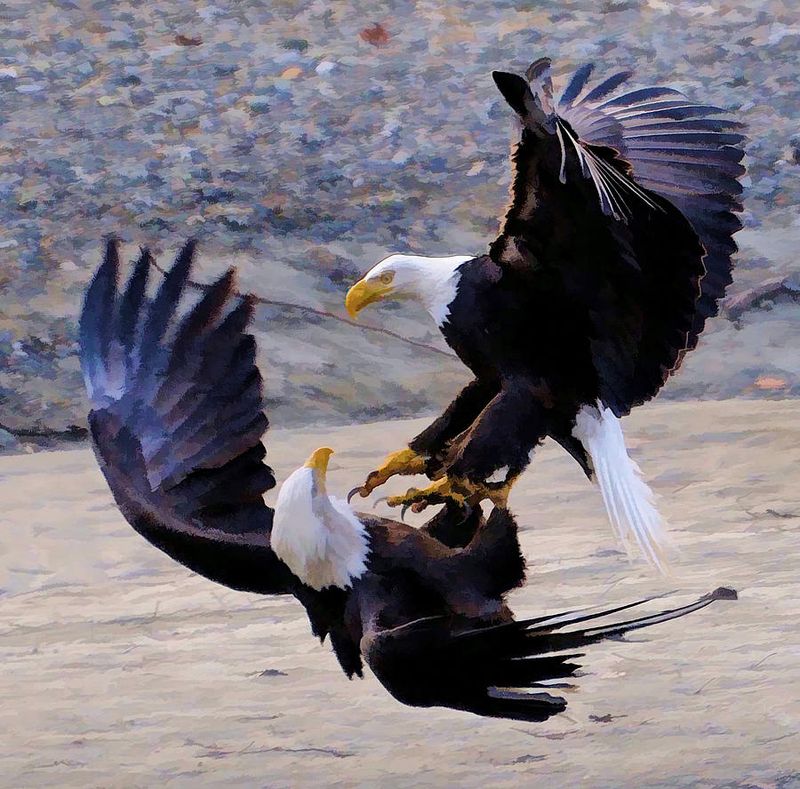
Eagles, majestic and powerful, are not immune to being hunted by their own. Territorial disputes can lead to fierce aerial battles.
Younger eagles may challenge older ones for nests or hunting grounds, sometimes resulting in deadly consequences.
These battles reflect the competitive nature of these birds, where survival often depends on agility and strength.
Komodo Dragons
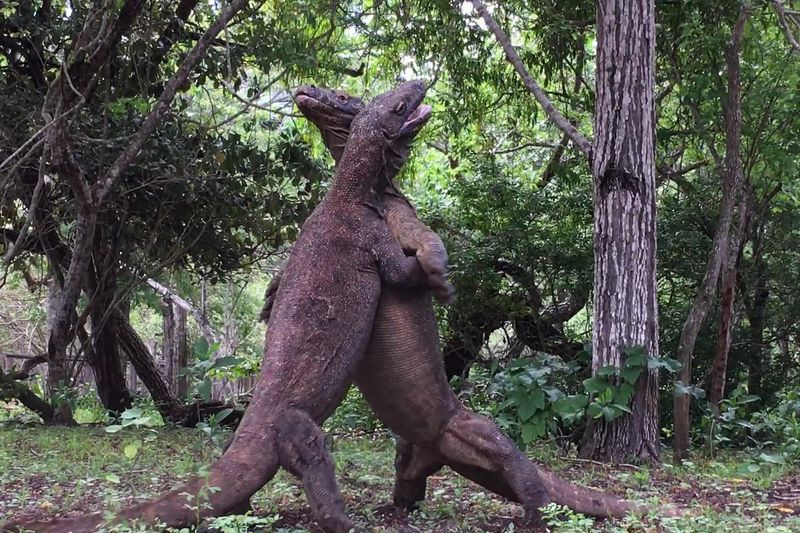
Komodo dragons, the largest lizards in the world, can fall prey to their own species. Fights over territory or food often lead to cannibalism.
Young Komodos are especially vulnerable, often climbing trees to escape adults.
This behavior is a stark reminder of the harsh realities of life on the islands they inhabit, where every day is a fight for survival.
Tigers
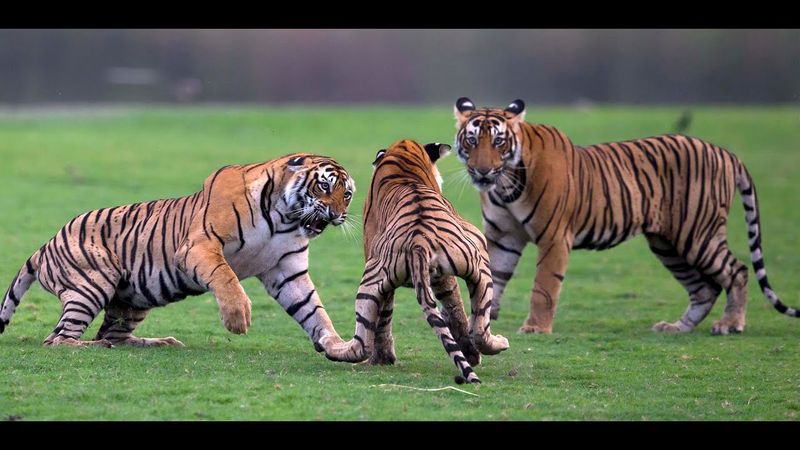
Tigers, solitary and territorial, sometimes hunt each other. Male tigers may attack rivals to protect their domain and access to mates.
These confrontations are often violent, with the victor establishing dominance in the area.
Such behavior showcases the solitary nature of tigers and the fierce competition that defines their existence in the wild.
Bears
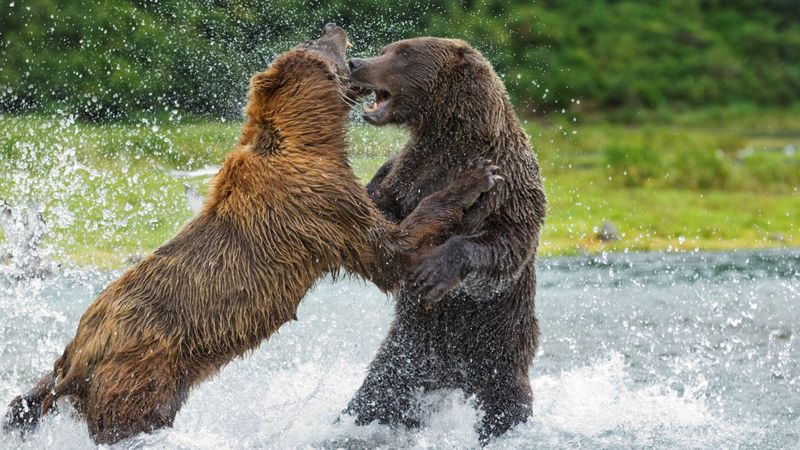
Bears, while generally solitary, may clash over territory or food. Larger bears sometimes prey on cubs or weaker individuals.
These interactions are part of the natural order, ensuring that only the strongest bears thrive.
Such behavior illustrates the harsh realities of survival in the wild, where strength and dominance are key to longevity.
Cheetahs
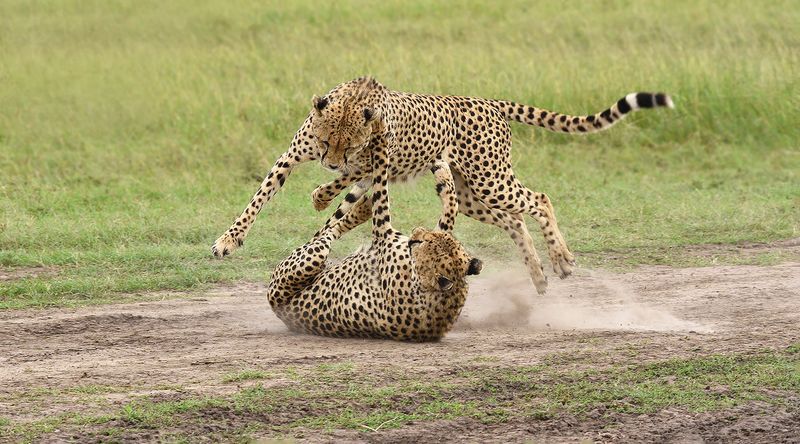
Cheetahs, known for their speed, sometimes find themselves hunted by their own kind. Competition for territory and resources can lead to deadly encounters.
Males, in particular, are prone to such conflicts as they seek to establish dominance.
These interactions highlight the competitive nature of life in the wild, where survival often hinges on agility and strength.
Octopuses
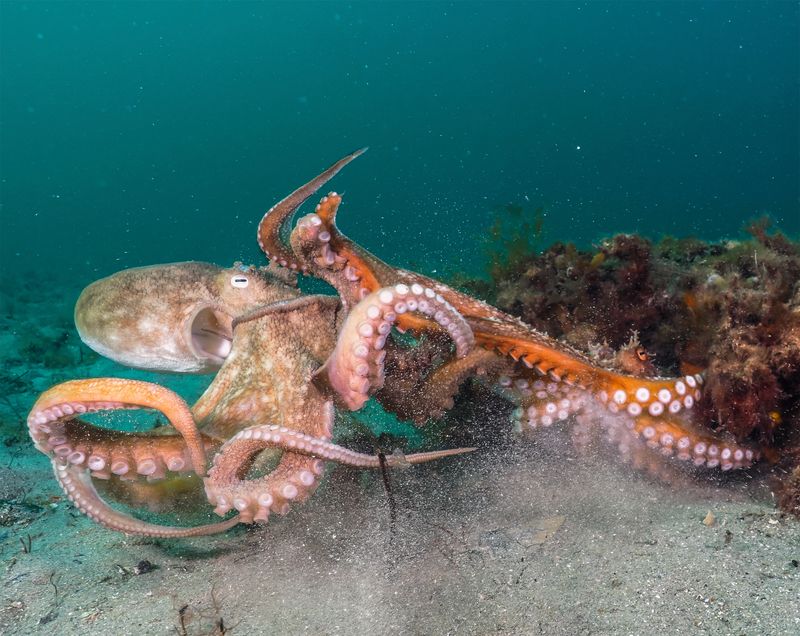
Octopuses, intelligent and elusive, sometimes prey on their own. Larger individuals will attack and consume smaller ones, particularly in confined environments.
Cannibalism is a strategy to ensure survival when other food sources are scarce.
This behavior reflects their adaptability and the complex survival strategies employed in the ever-changing marine world.
Falcons
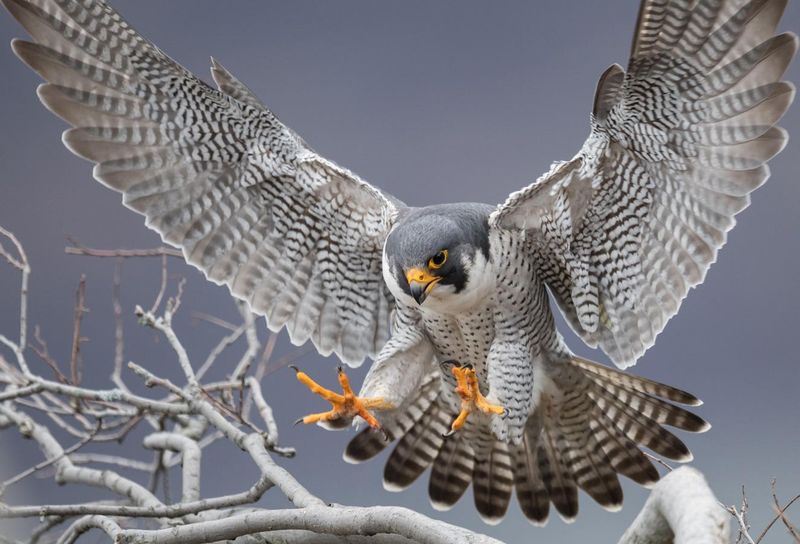
Falcons, skilled hunters of the sky, occasionally turn on each other. Territorial disputes can lead to intense aerial battles, often ending in injury or death.
Such conflicts are typically seen during breeding seasons when competition for mates is fierce.
These interactions showcase the aggressive nature of these birds, where survival often depends on speed and precision.
Meerkats
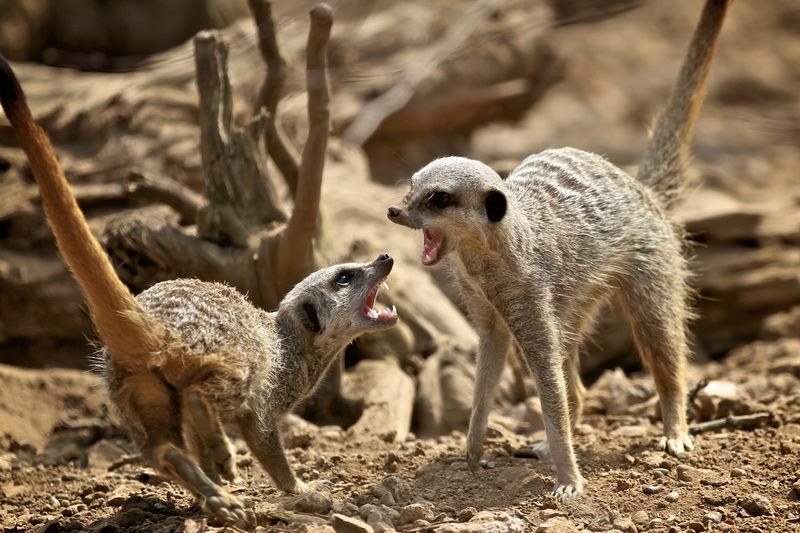
Meerkats, known for their social structures, sometimes experience internal conflicts. Rivalries can lead to violent encounters, often resulting in expulsion or death.
These social dynamics are essential for maintaining group stability, ensuring that only the most adept individuals lead.
Such behavior highlights the complex social hierarchies in the animal kingdom, where survival depends on cooperation and strength.
Dolphins
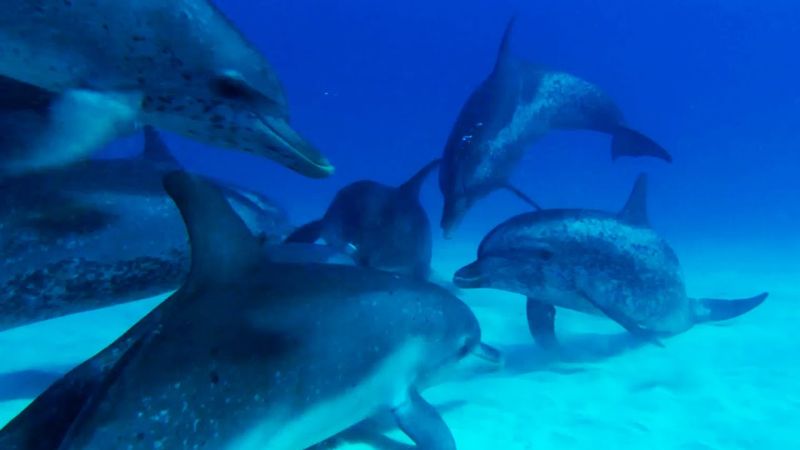
Dolphins, often seen as friendly creatures, sometimes engage in aggressive behavior towards each other. Dominance and competition for mates can lead to violent interactions.
These encounters are part of their complex social structure, where hierarchy is established through strength and intelligence.
This behavior highlights the multifaceted nature of dolphins, where playfulness coexists with the drive for survival.
Chimpanzees
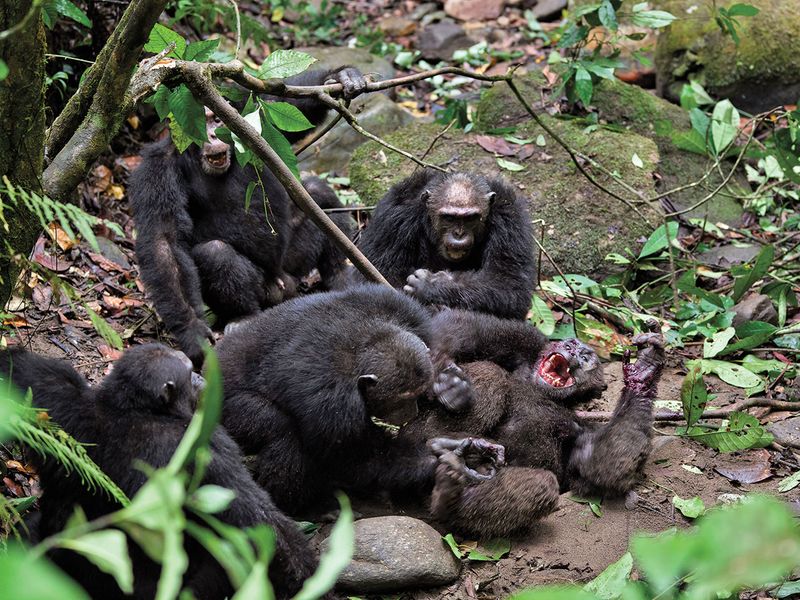
Chimpanzees, our close relatives, sometimes display aggressive behavior towards each other. Conflicts over territory or mates can lead to violent confrontations.
These interactions are crucial for maintaining order within their communities, ensuring that the strongest lead.
Such behavior reflects the complex social dynamics of chimpanzees, where survival often depends on strength and social intelligence.

